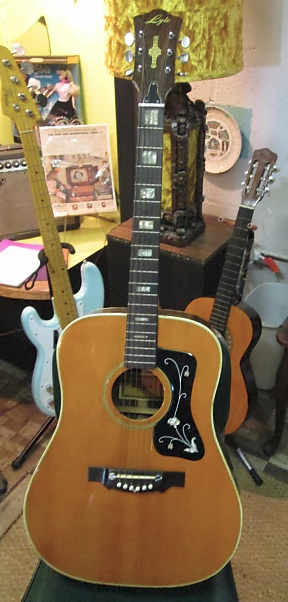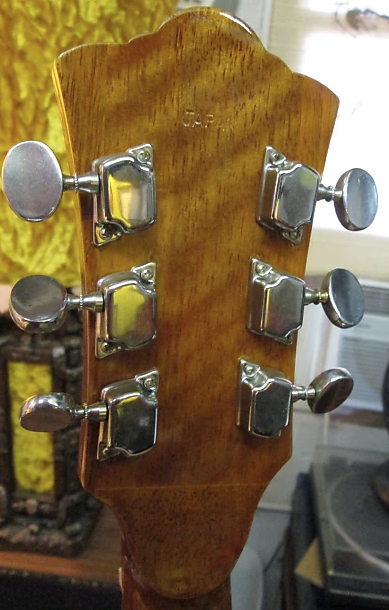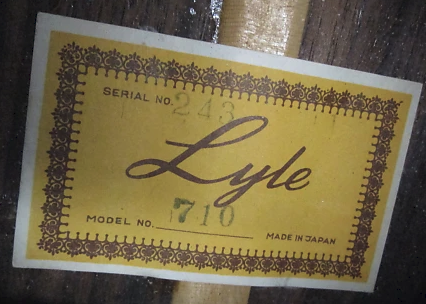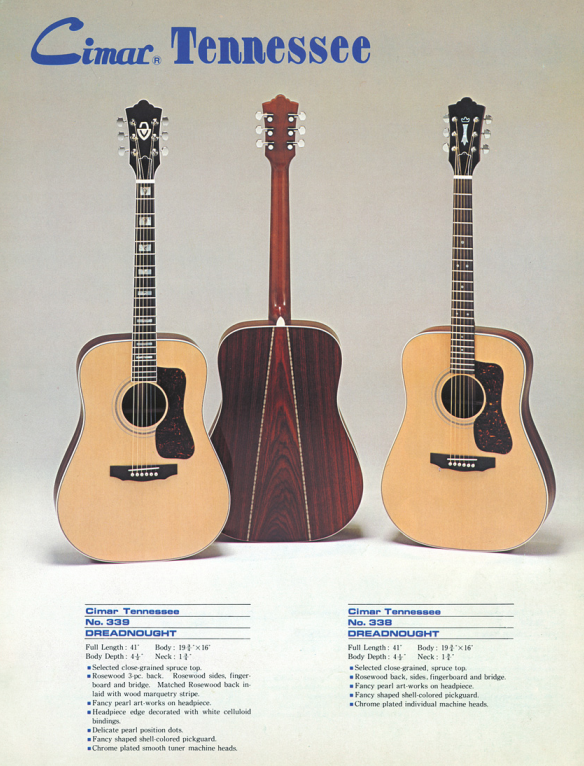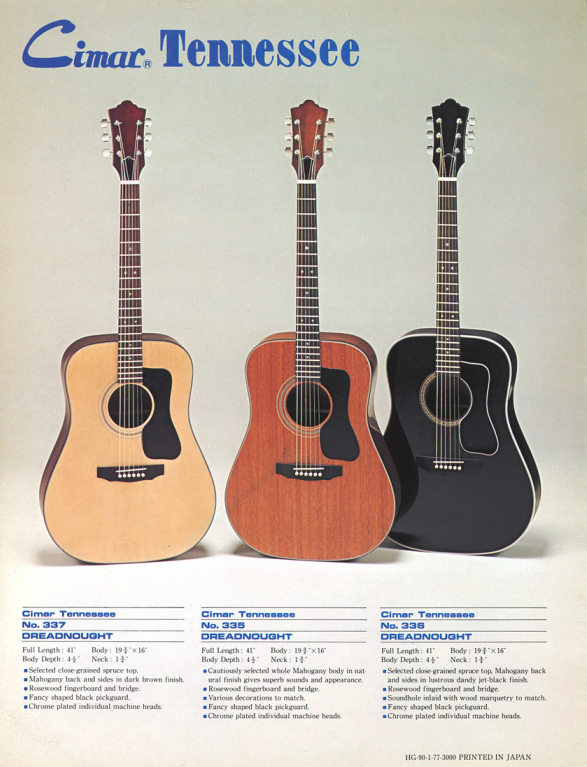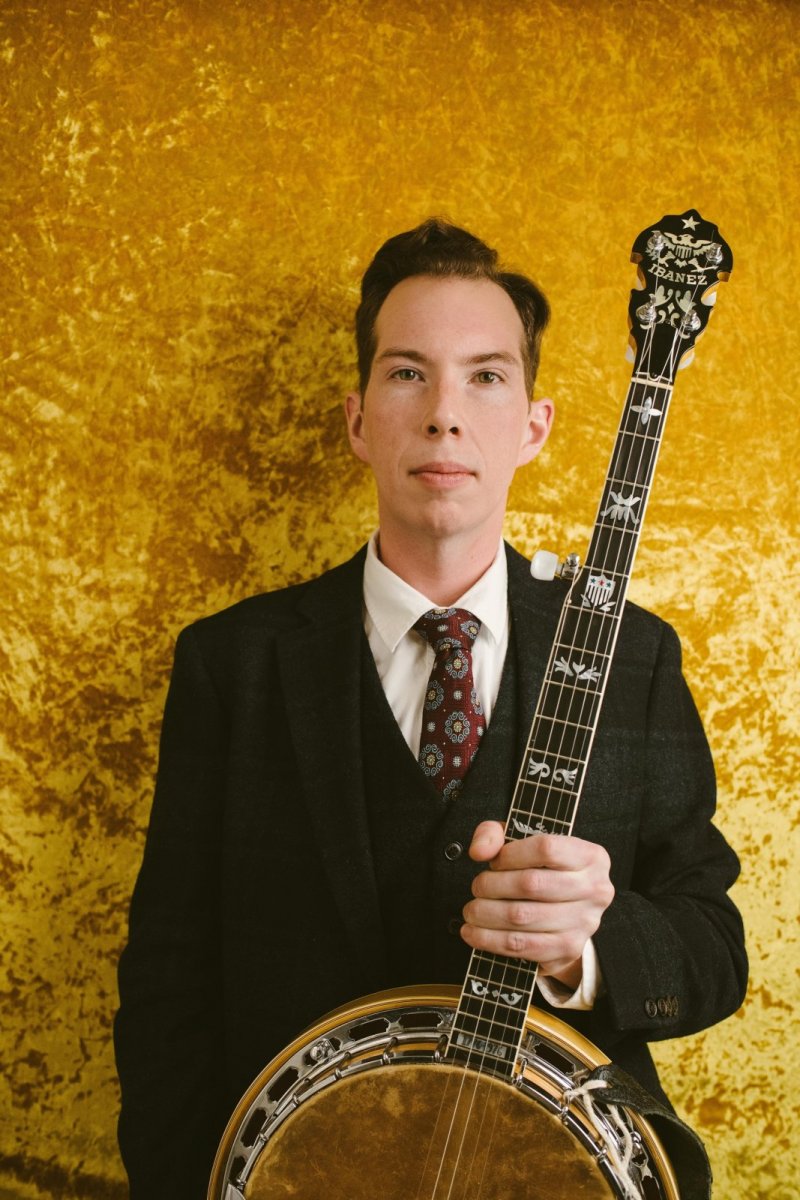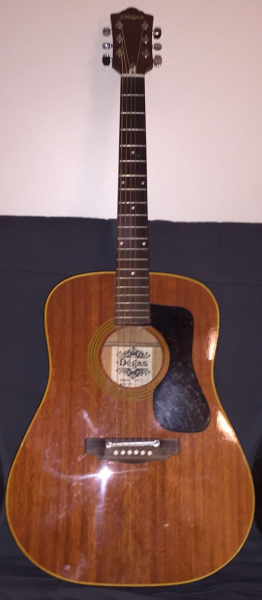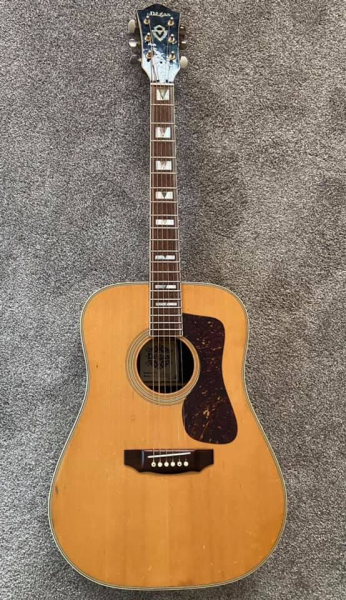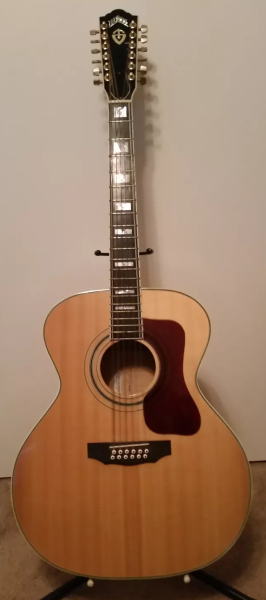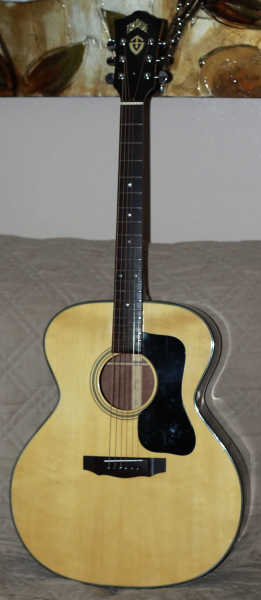Looks close but there are some differences. But models change year to year .
So not knowing , are all lawsuit models laminated regardless of brand copy ? I heard they all were all solid woods .


I did some design work for Ibanez during the lawsuit period.
Most of, but not all, the guitars were laminated.
From ca. 1968 to ca. 1978, Hoshino exported 3 lines to the U.S.: Ibanez, Tama, and Cimar.
The Ibanez models were all laminated (bodies and tops), the Tama was a more expensive line, and were the first to receive solid-wood tops.
The Cimar was the budget brand, and were all laminated.
There never was an actual lawsuit, though Gibson, at that time a Norlin subsidiary, threatened to sue. Hoshino responded by stopping the straight-ahead Les Paul copies, their largest-selling Gibson copy, followed by a new re-designed peghead shape which became standard for all the Ibanez guitars with traditional headstocks, and a single new inline design for their Fender style guitars.
The Ibanez acoustics also got a new standardized teardrop pickguard, new bridge shape, and a much-simplfied acoustic model line. The Tamas became all solid-wood guitars with a lot of refinement in everything- better woods, simpler cosmetics that weren't as flashy, and much better finish work.
The Ibanez Artwood line soon followed with solid tops, and sometimes solid backs w/ laminated sides, and/or all-laminated bodies.
By then, all the direct copies had been discontinued.
For a very brief 2-3 year period, the Tama guitars were simply some of the best acoustics available. At a price that was very close to their American competition.
Price may have been the reason why the Tamas were discontinued. The Artwood series was never as expensive, and was never made with the same amount of handwork as the Tama.
This was an experimental time for Ibanez; Hoshino was both stretching its chops as a guitar builder and was learning where it's best sales areas were in the U.S. at the same time.
Their acoustics sold well, but cost more to make. Their electric guitars made their brand name famous here, but in Europe, the acoustics were their best sellers. The USA never got some of Ibanez' best acoustic guitars as a result.
The 2 electrics that did it for Ibanez were one copy and one original design. The Ibanez Flying V copy of 1975 was, by all regards, a closer and better copy of the Gibson originals of the 1950s than Gibson's own re-issue, made the same year. This was the guitar that started Gibson rumbling about copyright infringement.
The other one was Paul Stanley's Iceman, an original Ibanez design totally. It came out just as the Ibanez Flying V was discontinued, at a time when Kiss was the most popular rock band in the country.
But neither guitar actually made Hoshino the money another of their originals did. Their Fender-style super-Strats were their best sellers by far.
I can't remember seeing any more Cimar guitars after 1975. but that doesn't mean Hoshino stopped making them; those guitars may have been intentionally separated and sold to dept. stores, etc., away from Ibanez music stores, as a way to protect the Ibanez brand name. Eventually, Tamas were stopped, with the brand name used only on their drums and some hardware- stands, effects, etc.
Interestingly, Ibanez had it's own boutique guitar factory here from the very first.
In order to enter the market, Hoshino purchased the Elger Guitar Co. sometime in 1968. Elger guitars were like Collings now- a small factory that sold high-quality guitars in small numbers, with sales limited to the East Coast.
Hoshino left Elger alone after the buyout and sent their guys here from Japan to learn how we did things here. This is part of the reason why Ibanez became so successful so fast.
Once the Japanese crew leaders understood American manufacturing, the Elger division was quietly closed and became the company's east-coast sales and import headquarters.
